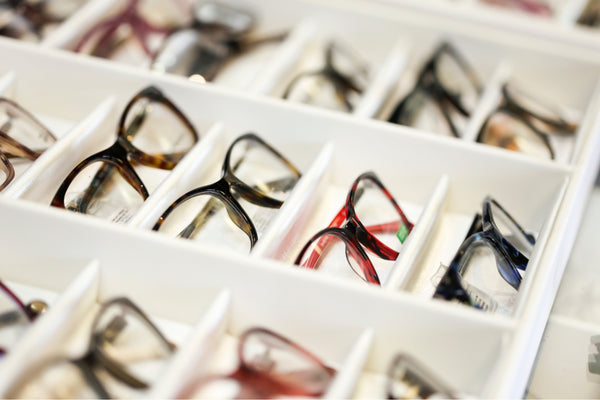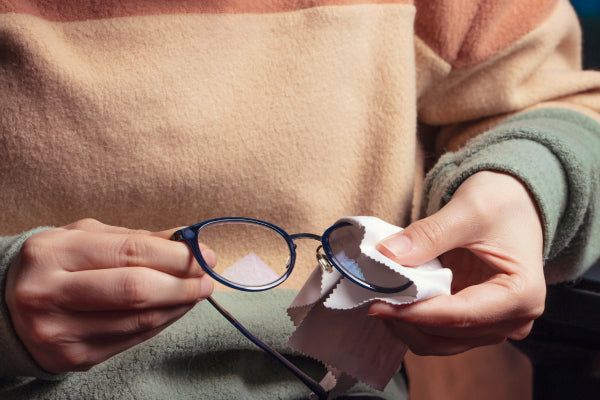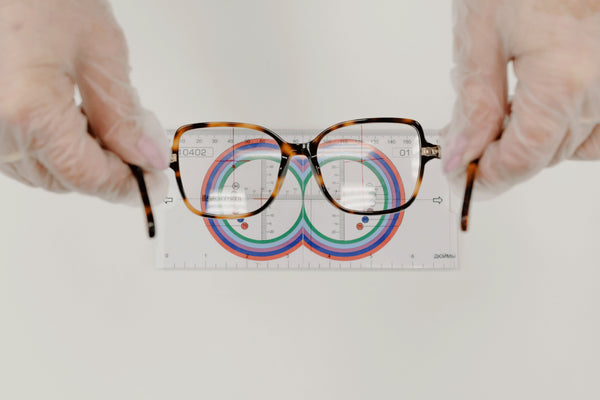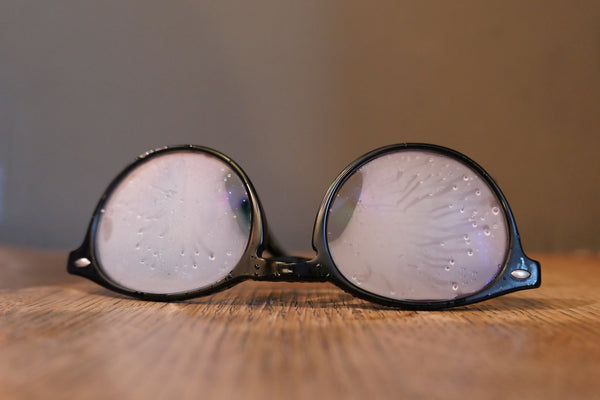
Traditionally, if you needed two pairs of glasses – one pair for close-up work and one pair for everyday wear – you had to switch between them. That meant carrying two pairs of glasses with you everywhere you went.
This got annoying, so the bifocal glasses were invented to allow the user to see objects both far and near. These were then refined to allow wearers to see a wider range of distances in one pair of spectacles. But what are varifocals and how do they work? Read on to learn more about varifocal glasses and their uses in vision correction.
What are varifocal glasses?
Varifocal lenses, also known as progressive lenses, look the same as single vision lenses, but they are actually multifocal lenses that correct vision at different working distances – from reading distance to far distance.
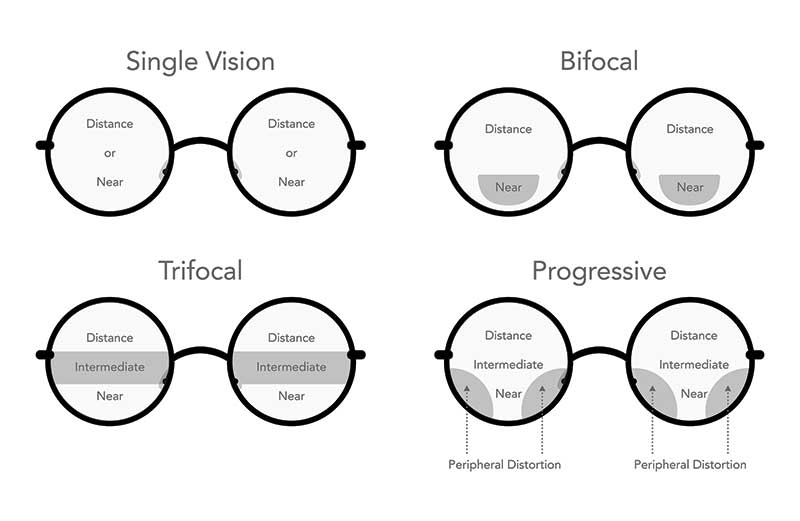
The distance vision part of the lens is usually in front of the pupil, while the near vision section is located in the lower section of the glasses to allow you to read books, magazines, and menus with ease. They can take some time to get used to but are a valuable tool for those with multiple different prescriptions.
What is the difference between bifocal and varifocal glasses?
Bifocal glasses have two distinct optical powers. The designated spots in the lenses where the prescriptions change is very obvious and there is a distinct line between the areas. Varifocal lenses offer continuous vision across all distances in a single lens, without the obvious lines, and are designed to help correct presbyopia – most common in people over 40.
How do varifocal glasses work?
Varifocal lenses work by changing power from the top to the bottom of the lens. Moving your eyes up and down the lens will give you clear vision at every distance. So, for example you can glance down at your phone when out and about without moving your head too much before looking back up and carrying on down the street.
Reading
The bottom of your varifocals are for close distance reading. There is some soft focus at the edges of your vision in this part of your lens but you will have no difficulty reading up close, doing crafts, and other activities that need near vision.
Intermediate
The middle of the lenses is for intermediate distances.It’s perfect for tasks like using a computer or watching T.V. You might notice some blurred vision at your periphery.
Distance
Distance vision is through the upper part of the lens – no more blurry sunsets or missing out on bird watching. There might be a small amount of soft focus at the edge of your vision. H2 Benefits of Varifocal Glasses
Benefits of varifocal glasses
Although varifocal glasses tend to be more expensive than a single pair of glasses, they save you from having to buy two separate pairs of lenses. Which means you spend less but also don’t have to keep switching between multiple pairs and means you’ll never miss a moment again.
Varifocal lenses can also help with the eye condition presbyopia. This affects many people as they age but varifocals can help with the various symptoms that present.
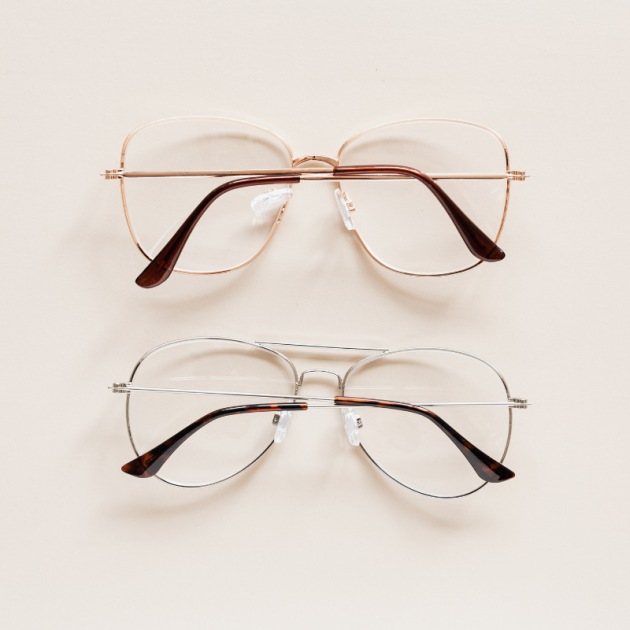
Who needs varifocal glasses?
Although they’re very useful, varifocal lenses aren’t for everyone. They’re typically only prescribed to people over 40 years-old who need more help focusing on nearby objects. Presbyopia, a normal part of ageing that means the eye’s lens begins to find it harder to focus on close objects. Symptoms include blurred vision, poor vision in darker environments, eye strain and headaches and the condition can be diagnosed at a routine eye check.
Choosing the right varifocal glasses
You have a lot of freedom when it comes to choosing your varifocal glasses depending on your prescription. Some strong prescriptions may be limited to certain frame styles due to lens thickness but, in general, there are plenty of options to suit your needs and style – in fact, there are over 1,000 different types of varifocal glasses on the market. So book a style consultation with one of our friendly opticians to help you find the perfect pair of glasses.
Adjusting to varifocal glasses
It can take a while to adjust to your new varifocals. It can take anywhere between a few days to a few weeks to give your brain time to adjust.
It might feel strange at first but the best way to adapt is to keep wearing your glasses so that your eyes can gradually adjust. Resist the urge to take them off or switch back to your old glasses.
Most people adjust to their new lenses quickly but others may experience slight dizziness when moving quickly from one viewing area to the next. These sensations shouldn’t last long but if you’re concerned or not adjusting after a few weeks, don’t hesitate to get in touch with your optician.

Looking after varifocal glasses
Clean them daily with a microfibre cloth and lens cleaner to keep them free of dust, dirt, and fingerprints. When you’re not wearing your glasses, store them in their case or in a safe place so they don’t get scratched or damaged.
Conclusion
Varifocals are a valuable option for vision correction for those who require multiple prescriptions or who are experiencing issues with presbyopia. They are more convenient than needing two pairs of glasses and can be the more affordable option as well. And with a wide range of frames to choose from, you don’t have to sacrifice style for clear vision.
Book an eye test today
Ready to find your perfect pair of varifocal glasses? The first step is to book an eye test with Leightons. Our expert optometrists will assess your vision, discuss your lifestyle, and help you choose varifocal lenses that give you seamless, comfortable vision at every distance. Book your eye test online today, or book over the phone on 0800 40 20 20.




